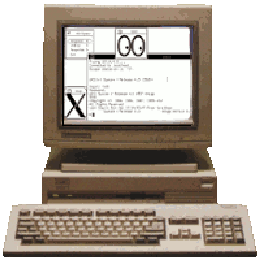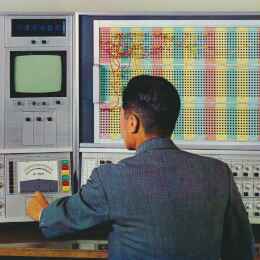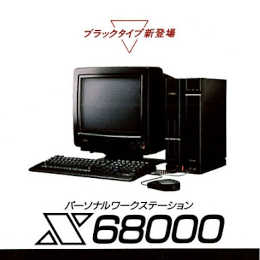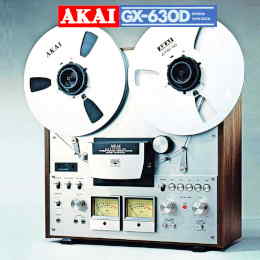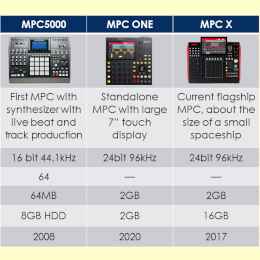Introduction
Cray Research supercomputers are powerful general purpose computers. Cray computers incorprate scalar and vector capabilities and a large memory configuration. Not only does Cray have a reputation for world-class performance, it has a beautiful design aesthetic as well. Cray Supercomputers are like the Rolling Stone rock stars of the 1970s and 1980s. Everybody knows the name and they are worth a fortune. Cray is still around but it doesn't carry the same sex appeal of days gone by. Cooling was an enormous breakthrough in managing such power.
Cray supercomputers have long been revered as some of the most powerful machines ever created. But what happens when these computing giants reach the end of their useful lives? While many end up in storage or are scrapped for parts, some are finding new life as one-of-a-kind furniture pieces. From coffee tables to desks, using Cray supercomputers as furniture is a growing trend that not only repurposes these technological marvels but also creates unique and functional works of art. In this article, we'll explore the world of Cray supercomputer furniture and the benefits of incorporating these iconic machines into your home or office decor.
The appeal of Cray supercomputers as furniture
In recent years, vintage computer enthusiasts and collectors have discovered a new way to showcase their passion for computing history: by using Cray supercomputers as furniture. These iconic machines, designed and built by Cray Research from the 1970s to the 1990s, are known not only for their remarkable computing power and technological innovations but also for their striking visual appearance and distinctive architecture.
In recent years, vintage computer enthusiasts and collectors have discovered a new way to showcase their passion for computing history: by using Cray supercomputers as furniture. These iconic machines, designed and built by Cray Research from the 1970s to the 1990s, are known not only for their remarkable computing power and technological innovations but also for their striking visual appearance and distinctive architecture. I take a look at the Cray color range in the following section.

Cray 1-S/2200 at the Glenn Research Center, circa 1982 [source]
The advantage of using Cray supercomputers as furniture is their ability to serve as conversation pieces. These machines are not only visually impressive but also historically significant, as they represent some of the most advanced and influential computing technologies of their time. By owning and displaying a Cray supercomputer, enthusiasts can share their knowledge and passion with others, and spark discussions about the evolution of computing, the role of technology in society, and the challenges and opportunities of innovation.
Owning a Cray supercomputer is a way to own a piece of computing history, and to connect with the pioneers and visionaries who created and used these machines. Cray Research, founded by Seymour Cray, was one of the most influential and successful supercomputer companies in the world, and its machines were used by government agencies, research institutions, and businesses for a wide range of applications, from weather forecasting to nuclear simulations. By preserving and showcasing these machines, enthusiasts can honor and celebrate the achievements and legacy of Cray and his team.

Cray 1-S/2200 at the Glenn Research Center, circa 1982 [source]
Cray supercomputers can be functional as furniture, due to their size and shape. Some models, such as the Cray-2 and the Cray Y-MP, have cylindrical or spherical designs that can be used as tables, chairs, or stands. Other models, such as the Cray-1 and the Cray X-MP, have rectangular or hexagonal shapes that can be used as desks, shelves, or display cases. With some customization and restoration, these machines can be adapted to fit different needs and preferences, and to integrate with different styles and environments.
I believe that using Cray supercomputers as furniture is a way to combine the beauty, history, and functionality of computing, and to create a unique and inspiring space that reflects one's passion and personality. While this trend may not be for everyone, it offers a fresh and exciting perspective on how computing technology can be appreciated and integrated into our lives, beyond its utilitarian or entertainment value.

Cray SSD at the Lewis Research Center, circa 1989 [source]

CRAY-1 Brochure, circa 1975 [source]
Cray-1 Supercomputer Color Charts
Cray 1975 Color Scheme
The Cray 1975 color scheme has a unique and distinctive aesthetic appeal that can add a bold and futuristic touch to furniture design. Its historical significance only adds to its allure and makes it a favorite among those who appreciate the intersection of technology and design.
The use of the color scheme in furniture design can create a bold and eye-catching aesthetic. The deep brownish-gray color provides a solid base that can be paired with brighter colors such as the warm, golden yellow or the earthy, greenish-brown color. The contrasting mid-tone reddish-brown can be used to add depth and richness to the overall color palette.
In addition to their visual appeal, the Cray 1975 colors also have historical significance. They are a nod to the early days of supercomputing, a time when the concept of a computer that could perform trillions of calculations per second was still a distant dream. Using these colors in furniture design can evoke a sense of nostalgia and appreciation for the pioneers of computing.
#443a39
#8c5552
#e1bf78
#615d54
Cray 1982 Color Scheme
#812a2b
#bc6c69
#fd5e54
#c2af85
History Lost
Although we have wonderfully preserved physical machines in many museums around the world, I found it disturbing that no one has bothered to save a copy of the operating system. Each system was a multi-million dollar endeavor and I expect that the operating system code was probably tuned for each build and configuration. One version of the OS is likely not to have worked on another computer.
I finally understand the true reason for bit.savers and MAME. Hardware has become easy and relatively cheap to emulate. Software on the other hand only is more of a work of art with its function, quirks and bugs. You can not go back and reverse engineer the proprietary software and keep the historical authenticity.
Related Links
- Cray Research Cray-1 Hardware Reference Manual
- Current Cray XC Supercomputer Series
- Wikipedia description
- The Cray Files, Homebrew Cray-1A, Digital Archeology, and COS recovery
- Chess Programming on the Cray-1

